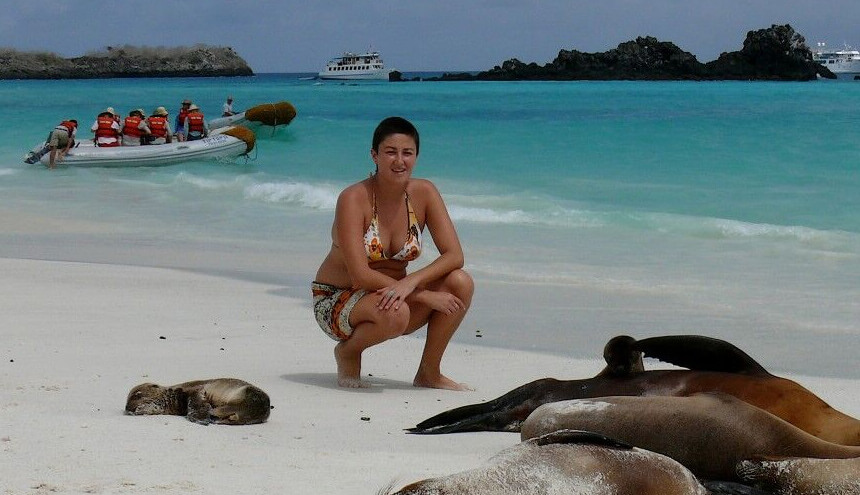 The Best Time To Visit The Galapagos
The Best Time To Visit The Galapagos
Unlike most other wildlife destinations, in The Galapagos has few migratory species, so the same animals can be seen all year round and being on the equator, the weather is more than pleasant throughout the year.
But the truly astounding thing about the Galapagos is the human connection with wildlife. Evolving without seeing man as a predator, the wildlife have little fear of humans. This leads to closer, more intimate wildlife encounters and endless photo opportunities.
Although there is never a bad time to visit the Galapagos, animal behaviour varies according to the season so if there is a particular wildlife spectacle you’d like to witness, it’s best to pick your time accordingly.
The two long, yet distinct seasons in The Galapagos are the warm/wet season and the cold/dry season.
The warm, wet season (Late December to June)
The warm and wet season stretches from Late December to June, with March and April usually being the hottest and wettest months. The trade winds fall and the air temperature rises.
The rising warm air results in daily afternoon showers. Which can be most welcome as the temperature regularly reaches 30oC and above.
The water temperature is warmer and the sea tends to be calmer, making this an ideal time for snorkelling where a rich variety of exciting marine life can be seen all year round.
The start of the year is when the turtles lay their eggs. As a result, December to March is considered to be one of the best times to visit.
For bird lovers, February to May is packed with mating rituals and new birth for the many species of impressive birds.
If you want to see albatrosses, late March to early April should give you a good chance of seeing their spectacular courtship ritual.
Another natural spectacle on the Galapagos is the famous courtship dance of the Blue Footed Boobie, which happens in May and makes a truly unforgettable sight.
The cool, dry season (Late June to December)
The cool season runs from late June to December, when you can expect it to be relatively cool and dry with more overcast skies and occasional drizzle or mist.
August is the coolest month. But to put The Galapagos ‘chilly’ weather into perspective, you can expect day-time temperatures to range from 19-26 oC
In the cool season, the sea comes into its own. The annual plankton bloom makes it an ideal choice for divers. If you are hardy enough to take on the lower water temperatures, you’re likely to be treated to an impressive underwater display including sea lions, penguins, whale sharks and diving sea birds.
This annual plankton bloom also attract whales. Between June and September there are possible sightings of all kinds of whales including blues whales, humpback whales, sperm whales, orca and of course you can always expect to be joined by the occasional pod of playful dolphins
Because the temperature is not too hot during this season, it is also the breeding period for many sea birds and shore birds, marine iguanas, sea lions and fur seals.
In August the unbelievably cute baby sea lions are born November sees the young sea lions take to the water for the first time and swimming with these playful, inquisitive animals is a true delight.
Visit The Galapagos In Your Own Way
We have vessels the Galapagos, ranging from as small as 12 passengers right up to 200. But rest assured, which ever ship you choose, you will always be accompanied by an experienced and qualified guide.
Whether you want to enjoy a truly memorable family adventure or a wildlife holiday with other adults, we can find the perfect Galapagos cruise for you.
Now you have a few ideas of what time to go and what to see, feel free to give us a call and chat through your plans. Our travel experts will be happy to give you a few pointers or suggestions to help get the most out of your Galapagos adventutre.
